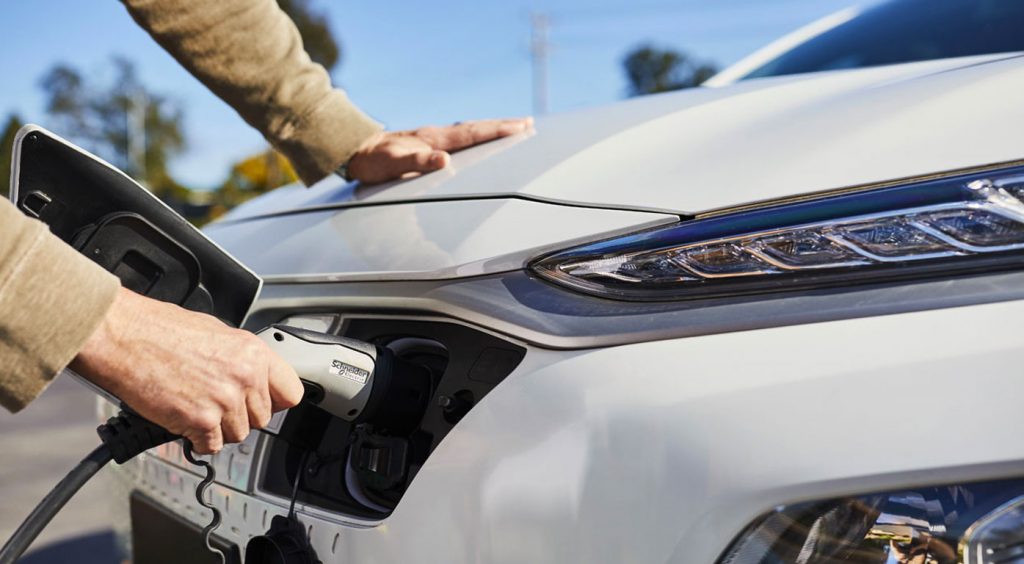With the Labor government committed to clean energy, pledging $20 billion (USD 13 billion) to make the grid ready for clean energy, as well as consumer indicators showing a commitment to clean energy, such as the increase in demand for solar panels, the Australian landscape is primed and ready for the takeoff of renewable energy.
A limitation to expanding renewables further is the baseload of energy required to be ready to go at any moment. When solar panels aren’t generating energy overnight, or when wind turbines are slow, this is the time baseload fossil fuel sources power up to meet the demands of an energy network. This is a growing pain of the industry, part of the process that Australia needs to go through in order to fully convert to its renewable energy future.
However, instead of consuming electricity whenever and wherever we currently do, we can shift our behaviour towards energy consumption and help reduce our baseload of fossil fuel sourced electricity, in order to help the growth of renewables in the market. As we’ve seen over the past 12 months, price signals are an incredibly effective tool towards this.
In a renewable electricity market, volatile pricing is reflected based on the availability of supply provided by renewables. When the supply of electricity cannot match the demand, the price of energy increases. Inversely, when supply outstrips demand, the price of energy is lowered.
Consumers can actually take advantage of these times of high and low pricing through the adoption of Time-of-Use tariffs. Electric vehicles (EVs) already work with chargers that sync to these tariffs and only charge the car overnight or during times of low pricing. Imagine your air conditioners (AC) doing the same thing, actively seeking these low prices to do the bulk of your home’s cooling or fill up your hot water tank.
This ability to load shift marks a significant solution for Australia, as heating and cooling takes up between 20% and 50% of energy use and cost in the country, depending on the climate zone. Solving this problem will help us achieve these net zero aims. Australians armed with smart meters and smart devices like ACs and EVs will start shifting their energy consumption towards times of cheaper and more available renewable energy in the grid.
Smart controllers and ACs are not new technologies. They’ve had 10 years of growth to learn user habits, perfect their efficiency and their design, but more importantly start building the steps for the future of home energy. Smart controlled ACs use times of lower priced energy to cool a home, or ‘charge up’ hot water and immersion tanks. In times of high energy prices when the supply can’t meet demand, a home can predict the expensive times and pre-cool beforehand, whilst making use of the stored hot water for the home to avoid buying expensive energy. This reduces energy costs without ever compromising on comfort.
Already around 37% of electricity in Australia comes from renewables. But security of supply cannot be guaranteed by these sources, which limits the potential for that percentage of renewables to grow. Whilst we can’t control when the sun shines or the wind blows, we can control the consumption in homes to match those times. We need to match the demand of energy to the supply that is available, in order to grow our energy network’s share of renewables.
The solution to this comes from Time-of-Use tariffs and smart controlled ACs, EV chargers, and other technologies which actively seek out to only use electricity when the price is low. By creating homes with dynamic heating and cooling that seeks and avoids the higher priced energy times, homes will become closer in sync with nature and the supply of renewables.
Renewables has hit records of 68.7% to Australia’s main grid for a brief period data from the Australian Energy Market Operator found. This shows what is possible.
The convergence of technologies like these mark the beginning of a major innovation towards the type of energy, and the way we consume energy in the home. The end result builds an energy system that not only marries its supply and demand, but paves the way for a more sustainable and renewable energy grid.
–
About the author: Cameron Wood is the PR Manager at tado°
The views and opinions expressed in this article are the author’s own, and do not necessarily reflect those held by pv magazine.
This content is protected by copyright and may not be reused. If you want to cooperate with us and would like to reuse some of our content, please contact: editors@pv-magazine.com.








1 comment
By submitting this form you agree to pv magazine using your data for the purposes of publishing your comment.
Your personal data will only be disclosed or otherwise transmitted to third parties for the purposes of spam filtering or if this is necessary for technical maintenance of the website. Any other transfer to third parties will not take place unless this is justified on the basis of applicable data protection regulations or if pv magazine is legally obliged to do so.
You may revoke this consent at any time with effect for the future, in which case your personal data will be deleted immediately. Otherwise, your data will be deleted if pv magazine has processed your request or the purpose of data storage is fulfilled.
Further information on data privacy can be found in our Data Protection Policy.